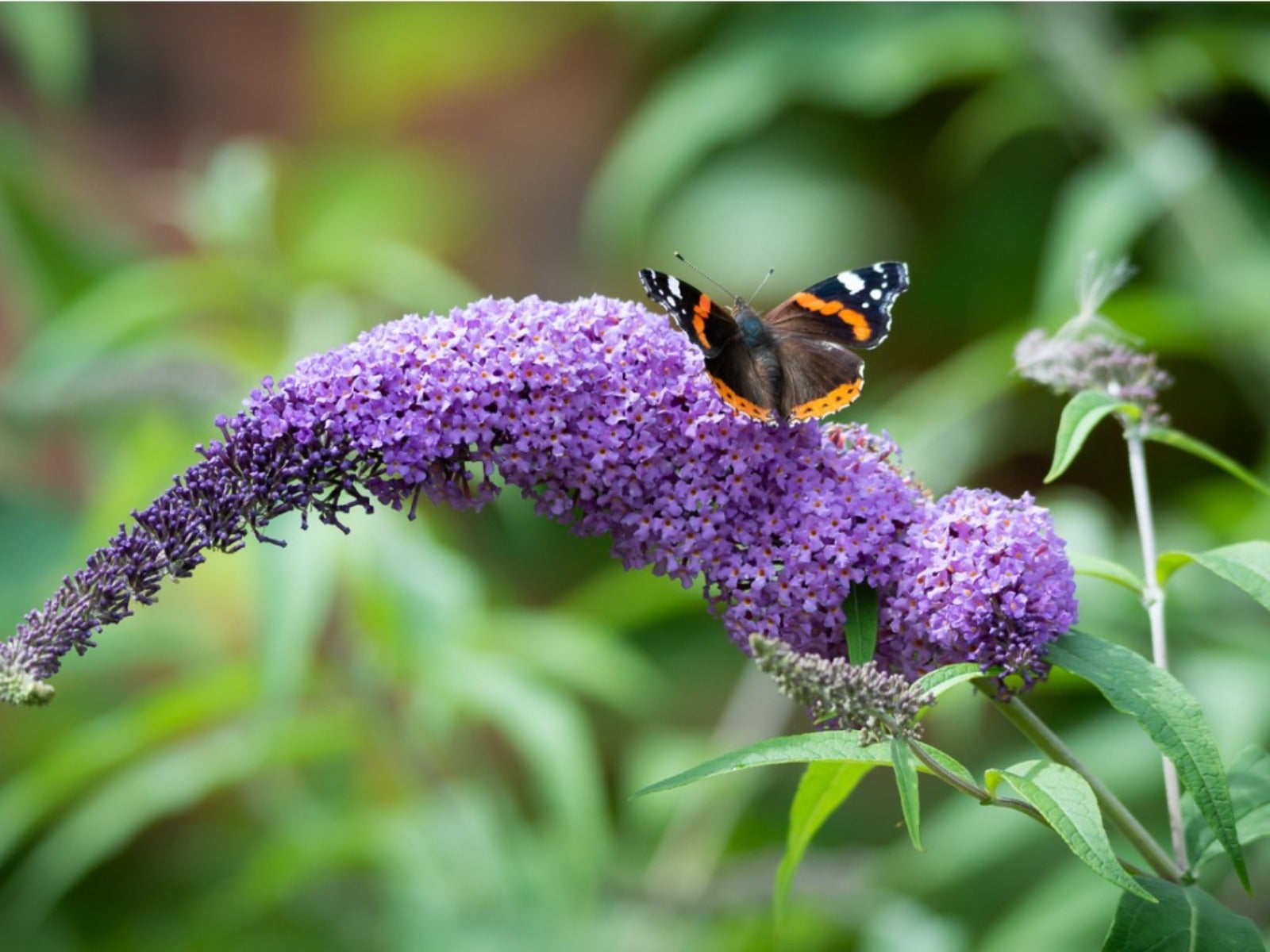7 Worst Plants For Bees, Butterflies, And Pollinators


Supporting pollinators in the garden is so important for the natural ecosystem and for producing vegetables and fruits. Even if you don’t grow food, you should provide plants that encourage pollinators to support their numbers, which in some instances are dwindling. Choosing the right plants is important, but equally crucial is avoiding plants that are harmful to bees or simply unappealing.
1. Red Flowers
Bees are among the most important pollinators to support because their numbers have dropped due to a phenomenon known as colony collapse. If you want to help bees by providing nectar-producing flowers, it’s essential that you choose the kinds of blooms that attract them.
Bees see a lot of colors, including ultraviolet, which humans cannot see. They do not, however, see red very well. Red flowers are not plants that hurt bees -- they simply won’t attract them.
2. Cucurbits
An entire group of plants that will not attract bumblebees or honeybees are the cucurbits. This includes cucumbers, squashes, and melons. Feeding on cucurbit pollen can actually harm bumblebees and limit reproduction.
Cucurbits do have pollinators, otherwise they would not produce fruit. But, if you are actively trying to attract and support bumblebees and honeybees, avoid these in your veggie garden.
3. Some Tilia Species
Plants bad for bees in more direct ways include those that are toxic. Avoid these at all costs to prevent harm to you friendly pollinators. Some members of the Tilia genus (lime trees, or linden) are toxic to bumblebees. When they feed on these species, they experience a narcotic effect and might even die.
Safe species of Tilia include small-leaved and large-leaved lime, or linden. Toxic species include weeping silver lime, Caucasian lime, silver linden, and Chinese lime.
Sign up for the Gardening Know How newsletter today and receive a free copy of our e-book "How to Grow Delicious Tomatoes".
4. Yellow Jessamine
Another plant toxic to bees is the vining yellow jessamine. This is a common and popular ornamental in the southeastern U.S. states. It produces bright yellow flowers with a delicious smell. Unfortunately, the nectar and pollen kill some bees. A honeybee that feeds on this plant can die within a day. As a native species, it does not harm native pollinators, but it will kill introduced bees common in today’s gardens.
5. Swamp Titi
As with yellow jessamine, swamp titi is native to the southeastern U.S. (and farther south), but it is harmful to introduced species like honeybees. Swamp titi (Cyrilla racemiflora) is a small, shrubby tree that produces pretty clusters of white flowers.
The fragrant flowers attract honeybees, but the nectar brought back to hives causes harm. Beekeepers report purple brood, a condition that causes bee larvae to turn purple and die.
6. Swallow-Wort
Plants that hurt bees are not the only ones to watch out for in the pollinator garden. Pale and black swallow-wort are invasive species that are toxic to monarch butterflies. It is related to milkweed, the plant monarchs need to reproduce.
Butterflies see this species as a milkweed and lay their eggs on it. Unfortunately, the larvae do not survive on this toxic plant. Native to Asia and Europe, these twining vines cause damage in the U.S. If you find it growing in your garden, get rid of it as soon as possible.
7. Any Invasive Plant
Bad plants for bees and other pollinators include any species that is listed as invasive in your area. Even if an invasive plant produces flowers and nectar that they like, these species are harmful in indirect ways. Invasive plants crowd out native species that pollinators need.
Some pollinators are generalists, adapting to whatever plants are available. Others require just a few specific plants to feed. If invasives outcompete these plants, certain pollinators will suffer. Don’t put in invasive plants, and remove any you find in your yard.
Invasives also cause harm that goes beyond your yard. Birds and other animals spread seeds from gardens into wild areas. As invasive plants spread, they can take over natural spaces and harm pollinators.
Plants that kill bees are not common, but there are bad, good, and better choices when it comes to supporting bees and other pollinators in the garden. Look for species that will attract and feed your pollinators and avoid these problem plants.

Mary Ellen Ellis has been gardening for over 20 years. With degrees in Chemistry and Biology, Mary Ellen's specialties are flowers, native plants, and herbs.